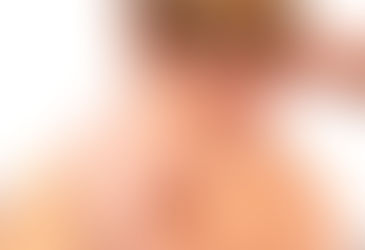Discectomy Recovery Pain
- lber915
- Nov 2, 2016
- 2 min read
Posterior lumbar discectomy
Overview
Posterior lumbar discectomy is actually a surgery to get rid of a herniated or degenerative disc in the lower spine. The incision is made posterior, through the back muscles, to remove and reach the disc pressing in the nerve. Discectomy may be recommended if physical therapy or medication fail to relieve leg or back pain caused by pinched spinal nerves. It may also be needed if you have signs of nerve damage, such as weakness or loss of feeling in your legs. The surgery can be carried out within an available or minimally invasive technique.
Body 1. (best look at vertebra) Shape 1. (top rated look at vertebra) A herniated disc occurs when the gel-packed nucleus fabric escapes through a tear inside the disc annulus and squeezes the spinal nerve triggering pain and swelling.

What exactly is posterior lumbar discectomy?
Discectomy virtually indicates "getting rid of the disc." A discectomy can be executed everywhere over the spine through the neck area (cervical) to the reduced back (lumbar). The surgeon actually gets to the ruined disc from your back (posterior) of your spine-through the bone and muscles. The surgeon accesses the disc by taking away a portion of the lamina. The lamina may be the bone that forms the rear of the spinal canal and will make a roof structure on the spinal cord. After that, the spinal nerve is retracted to one side. Based on your distinct situation, one particular disc (single-levels) or more (multi-degree) may be taken out.
Various medical techniques and tools can be used to execute a discectomy. An “open” approach relies on a sizeable skin incision and muscle tissue retraction in order that the surgeon can directly see the area. A “minimally invasive” method, termed as a microendoscopic discectomy, works with a tiny skin incision. Several steadily larger sized tubes, referred to as dilators, are utilized to tunnel through the muscles. Special tools assist the surgeon operate and see in the smaller sized space. A minimally invasive incision triggers significantly less disruption in the back muscles and could lessen recovery time. Your surgeon will suggest the procedure best fitting for your distinct situation.
A fusion may be carried out at the exact same time as discectomy to help support the spine for patients who definitely are sports athletes, perform large work, or have spinal instability. Fusion utilizes a mixture of bone graft and hardware (anchoring screws/plates) in order to connect two vertebrae jointly. During the process of recovery, both vertebrae fuse into one part of bone. Fusion is almost never required for a herniated lumbar disc [1].






















Comments